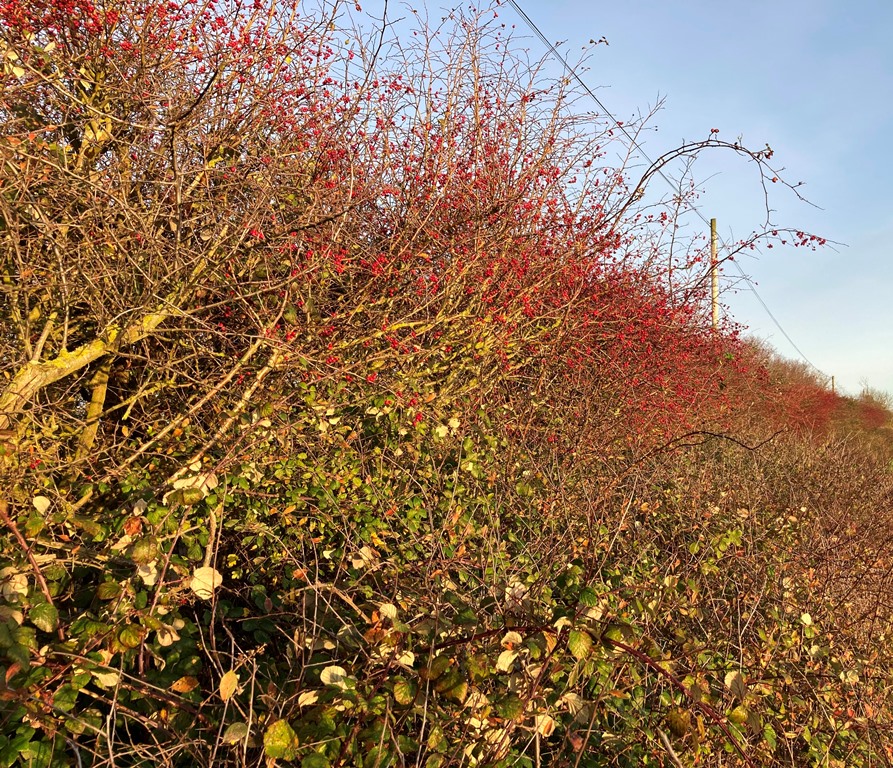 The reports that the 2020 UK wheat harvest of 10M tonnes was the lowest figure since 1981 caused me to rifle through the loft in the farm office where we still keep some of dads old farming mags.
The reports that the 2020 UK wheat harvest of 10M tonnes was the lowest figure since 1981 caused me to rifle through the loft in the farm office where we still keep some of dads old farming mags.
Among the titles, which included the rather pompously named Big Farm Weekly, I found some 1981 editions. Amidst the Abertay Sack adverts there were articles that gave a glimpse into arable farming a generation ago. Farmers were growing wheat varieties called Norman, Longbow, Galahad and Avalon – no doubt the rest of the Knights had failed to get on the NIAB list.
Wheat yields were averaging around the 7.5t/ha mark (or as it was then described ‘the 60 cwt to the acre’) which worryingly is more than UK farmers averaged in 2020. So the size of the national wheat crop in 1980 wasn’t so much inhibited by yield but rather by area.
It was in the 1980s that the wheat area increased from a million ha in 1980 to twice that in 1990 while barley did the reverse halving from 3 million ha to 1.5. In 1981 the wheat price was around the £100/t mark largely thanks to EU intervention buying. Judging by the adverts for the new four door Range Rovers and Axial-Flow combines with their ‘revolutionary new threshing mechanism’, arable farmers were doing OK. Farm workers were taking home around £50/week but that didn’t include overtime.
In terms of the weather, the 1981 harvest had started very wet, no doubt inspiring farmers to install new grain driers, but by the time August was out, most the harvest was in. The sting in the 1981 weather came in the tail with December temperatures averaging below freezing. There was even a brass-monkey ball freezing -20°C in the middle of the month, complete with several inches of snow.
In other 1981 news Prince Charles married Diana, Prime Minister Thatcher was crashing down the opinion polls, unemployment was at an eye-watering 9% as was inflation and Bucks Fizz won the European Song Contest with their skirt-ripping routine.
Returning to the issue of the historically small size of the combine harvest, if you take the meagre barley and oilseed rape harvest of 2020 into consideration to calculate a total figure you will probably have to go back to the infamous drought year of 1976 to find a deeper low in terms of UK production. All sobering stuff.
In times past, meagre harvests would have sparked fear in the populace as the prospect of a winter famine stalking the land would have raised its ugly head. But today, such news of domestic paucity gets very little attention apart from when bakers announce bread price rises as they fiendishly miscalculate that somehow a 20% rise in the wheat price justifies a 20% rise in the bread price, conveniently overlooking the fact wheat only makes up 10% of a price of a loaf. But even then, a few pence increase on the price isn’t exactly going to incite bread riots across the land. The only panic buying you see nowadays is for loo rolls and crates of cut-price Special Brew.
The only hope is the record amount of grain imports we will need to fill the gap created by the poor 2020 harvest will focus a few minds in Westminster especially as most of that imported grain will have been grown with pesticides long since banned in the UK. But maybe there’s more chance of pink snow on Christmas Day.
Hip, Hip Hawray
 I note the bookies are cutting the odds on a white Christmas. Sure enough the haws and hips on the hedge outside my house are a sea of red berries. Some old wives take that as a harbinger of a cold winter. I’m not a big fan of autumn hedge cutting as I see it as a rather mean-spirited destruction of a larder that sees some bird species through the winter months. So hedges round these parts are looking as unkempt as the farmer whose trips to the barber this year have been as often as his trips to the pub for a Scotch egg.
I note the bookies are cutting the odds on a white Christmas. Sure enough the haws and hips on the hedge outside my house are a sea of red berries. Some old wives take that as a harbinger of a cold winter. I’m not a big fan of autumn hedge cutting as I see it as a rather mean-spirited destruction of a larder that sees some bird species through the winter months. So hedges round these parts are looking as unkempt as the farmer whose trips to the barber this year have been as often as his trips to the pub for a Scotch egg.
Guy Smith grows 500ha of combinable crops on the north east Essex coast. @EssexPeasant




